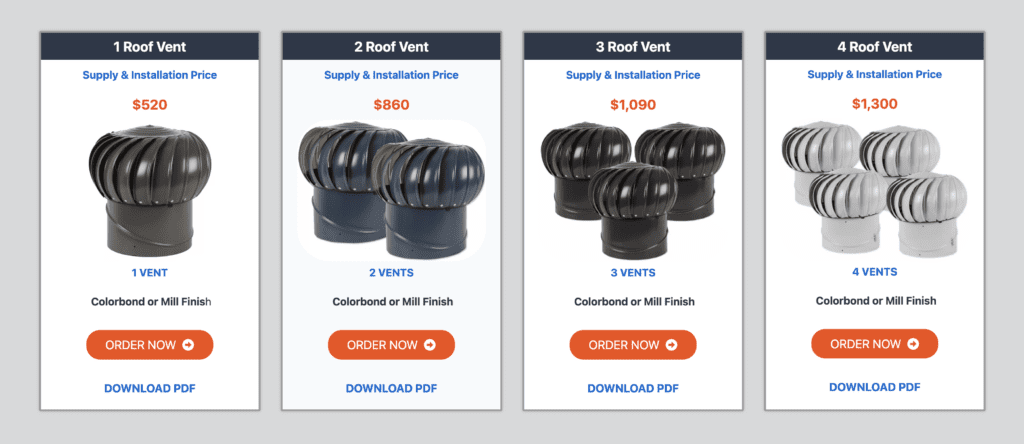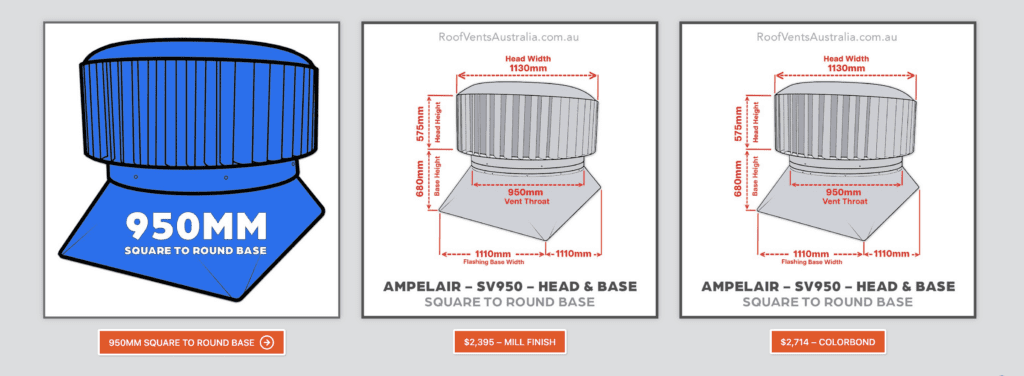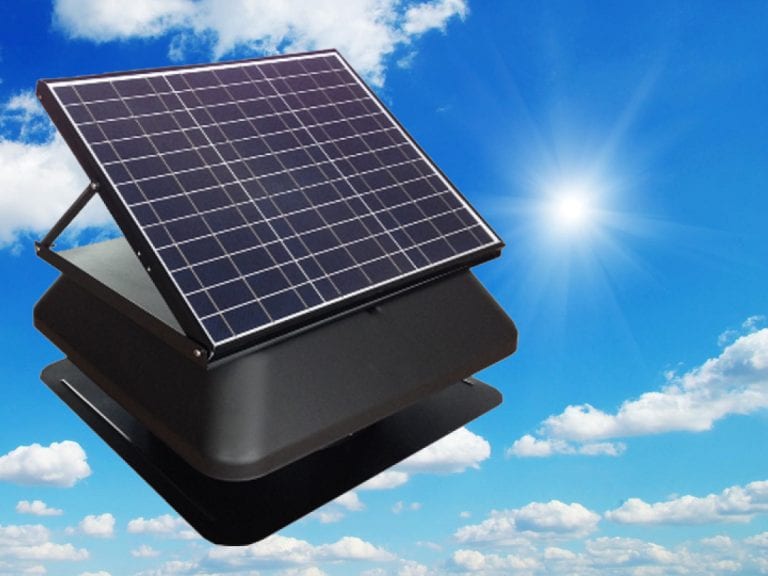Comprehensive Guide to Roof Ventilator Fans: Ensure Long-Term Reliability with Informed Choices
Whirlybird Roof Vents Installation packages Greater Sydney Area – Click Here >
Gutter Sumps to the Trade Shipped Free Australia Wide – Click Here >
Rain Heads to the Trade Shipped Free Australia Wide – Click Here >
Dambuster Rain Heads Shipped Free Australia Wide – Click Here >
Eco-Friendly Roofing Insulation Shipped Free – Click Here >
Introduction
As discerning buyers, it’s crucial to be enlightened on the product to ensure long-term reliability, particularly when purchasing roof ventilator fans. This informative article will delve into various aspects including louvers, local vs imported products, market trends, material selection, and more to guide your decision-making process.
Long-term Reliability
The key to a resilient, reliable roof ventilator fan lies in its design, manufacturing process, and the materials used. Long-term reliability is non-negotiable, ensuring that your investment stands the test of time while providing efficient ventilation.
Louvers
Louvers are pivotal in directing airflow, offering essential protection against environmental elements. Opt for louvers designed with durable materials ensuring long-lasting performance, while also considering aesthetic aspects that align with your rooftop’s design.
Local Vs Imported Products
When weighing between local and imported ventilator fans, consider aspects like warranty, availability of spare parts, and after-sales service. Often, local products provide ease in these areas, whereas imported fans might offer advanced technology or unique designs.
Market Trends
Staying attuned to market trends allows you to select products aligning with the latest in energy efficiency, design, and technology. Currently, there is a lean towards eco-friendly, smart-controlled, and aesthetically pleasing ventilator fans.
Material Selection
Material selection significantly influences durability, maintenance requirements, and aesthetic appeal. Prioritise materials offering corrosion resistance, durability, and minimal maintenance, like high-quality aluminium or stainless steel.
Mixed-Mode Ventilation
Mixed-mode ventilation systems combine mechanical and natural strategies, providing optimal indoor climate control. When selecting a ventilator fan, consider models that offer flexibility, working in tandem with your existing ventilation infrastructure.
Moisture Problems and Wicking
Ventilator fans mitigate moisture problems, crucial in preventing mould growth and structural damage. Opt for fans featuring moisture-wicking properties, effectively managing condensation and moisture levels within your space.
Manual Vs Automatic Operation
Weighing between manual and automatic operation hinges on your ventilation needs and convenience sought. Automatic fans offer ease with sensors and controls adjusting airflow, while manual fans provide straightforward, user-controlled operation.
Natural Materials and Ventilation Design
Natural materials often offer eco-friendliness and aesthetic appeal, integrating seamlessly into various architectural styles. Additionally, consider fans designed to maximise natural ventilation, promoting efficient airflow and reducing energy consumption.
Noise Control and Reduction
Noise considerations are paramount, with quiet operation essential for comfort. Select ventilator fans designed with noise control and reduction technologies, ensuring they operate silently while maintaining efficiency.
Online Shopping Options
With the surge in online shopping, numerous platforms offer ventilator fans. Ensure to purchase from reputable, authorised dealers providing warranty, easy returns, and customer support.
Openings and Optional Features
Examine the openings designed for ventilator fans, ensuring compatibility with your roof cutout dimensions. Furthermore, explore optional features offered, like adjustable speeds, reversible airflow, or integrated lights, enhancing functionality.
Passive Airflow and Strategies
Passive airflow is vital for energy efficiency, with fans designed to enhance natural air circulation, reducing reliance on mechanical ventilation. Opt for products embodying passive strategies, maximising ventilation while minimising energy consumption.
Passive Ventilation
Fans supporting passive ventilation are essential for spaces requiring consistent airflow without significant energy expenditure. Select models promoting passive ventilation, contributing to a healthier, more comfortable indoor environment.
Performance Metrics and Pressure Drop
Understanding performance metrics, including airflow rate, energy consumption, and noise levels, guides informed purchasing. Additionally, consider pressure drop – the reduction in air pressure as it moves through the fan – as it influences the fan’s efficiency and performance.
Permeability
Permeability refers to the ease with which air flows through the ventilator fan. Opt for models offering optimal permeability, ensuring effective, efficient ventilation without overwhelming energy consumption.
Professional Installation
Professional installation guarantees that your ventilator fan is mounted securely and operates efficiently. Engage experienced, certified installers who adhere to safety standards and installation guidelines, safeguarding your product’s longevity and functionality.
Roof-Related Considerations
Roof Types and Cutout Dimensions
Ensure the ventilator fan aligns with your roof type and cutout dimensions, providing a snug fit while facilitating easy installation and maintenance.
Roof Damage Risks and Warranty
Select fans designed to minimise roof damage risks, offering warranties covering potential damages and malfunctions over time.
Roof Inspection and Integrity
Regular roof inspections ascertain the integrity of your ventilator fan and the roof itself. Schedule inspections with certified professionals, ensuring that your roof and fan are in optimal condition.
Roofing Materials and Aesthetics
Choose fans complementing your roofing materials and overall aesthetic. The market offers a plethora of designs and materials catering to various architectural styles and preferences.
Residential Roof Ventilator Fans
For residential settings, select fans offering quiet operation, aesthetic appeal, and efficient ventilation. Explore models designed for homes, providing the necessary features for comfortable, safe living environments.
Retrofitting Options
If you’re looking to retrofit a ventilator fan, consider products offering easy installation with existing infrastructure, minimal structural alterations, and compatibility with your current roofing and ventilation system.
Snow and Whirlybirds
In snow-prone areas, whirlybirds or turbine ventilators offer efficient ventilation while preventing snow accumulation. Opt for models designed for these specific environmental conditions, ensuring longevity and reliable performance.
Conclusion
Making an informed choice on roof ventilator fans demands a comprehensive understanding of various factors outlined in this guide. Prioritising long-term reliability, understanding the significance of each feature, and aligning your selection with your specific needs and conditions ensures a wise, satisfying investment. Whether it’s addressing moisture problems, considering manual vs automatic operation, or weighing between local and imported products, each aspect plays a crucial role in your final decision.



